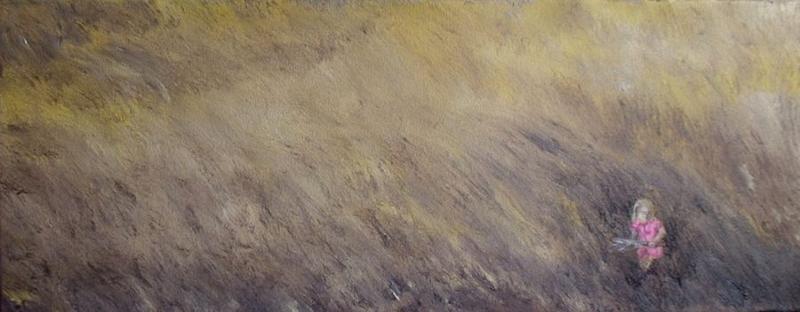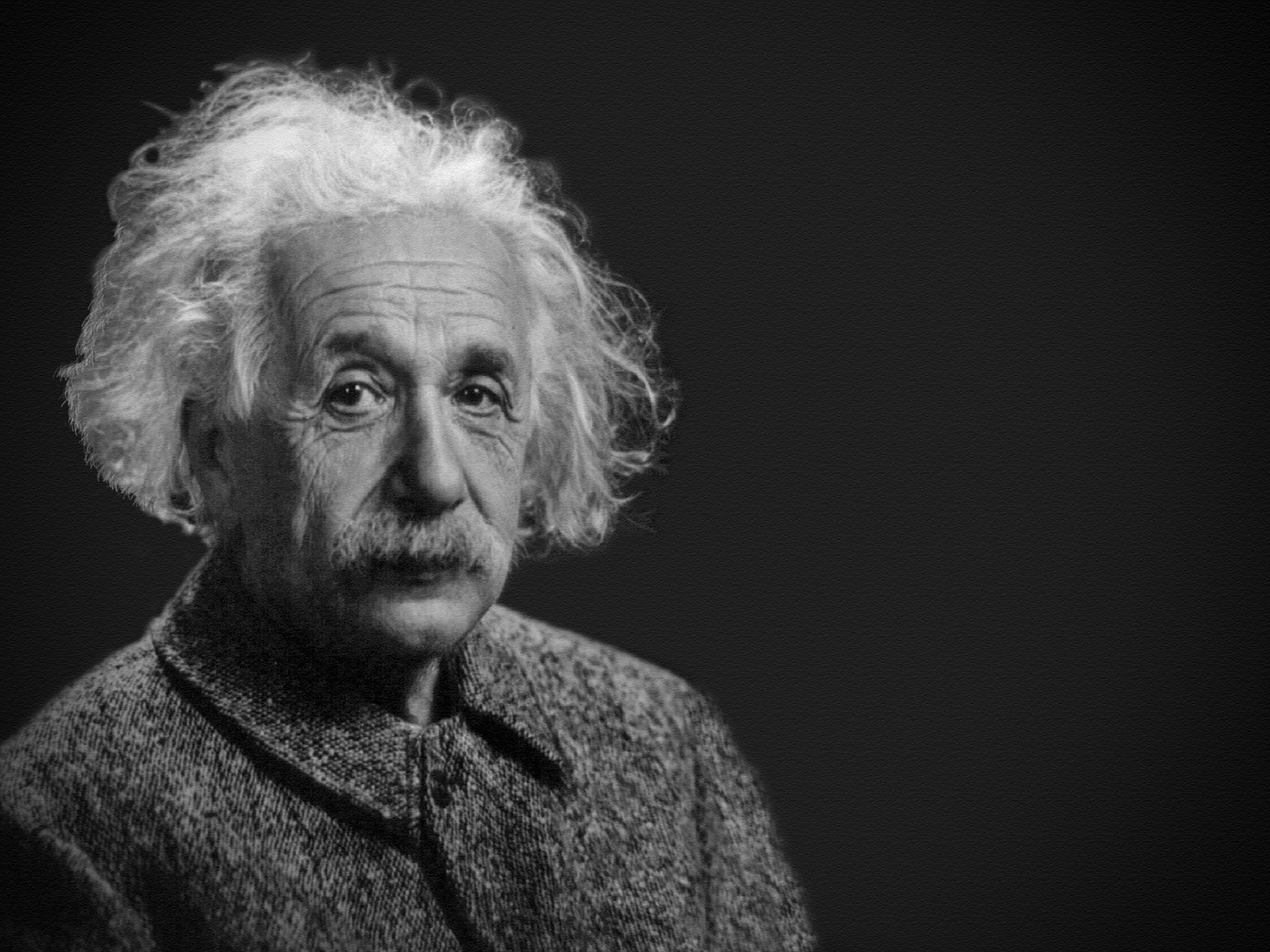About A.R Williams:
A.R Williams or Ann Williams, a former senior writer for National Geographic Magazine and online news. It was here that she discovered the various wonders of the world for almost three decades. Her specialization is in the field of Archaeology, about which she writes features about places varying from Egypt to as far as Alaska. These appear as monthly pieces for the Ancient Worlds section of the National Geographic Magazine. She also writes about any discoveries that take place.
Discovering Tut: The Saga Continues: About
The text is taken from National Geographic, Vol 207, No. 6, and goes on to describe the wondrous discovery made in unfurling the mysteries of the Great Pharaoh’s, King Tut of Egypt, mummified body. King Tut was a boyish pharaoh whose ascent to glory was as fast as his untimely death, and there are many speculations regarding his death, along with the myth of his curse, that whoever shall disturb him will face his wrath. The text describes the progress in the field of archaeology, from Carter’s excavation to the recent forensic reconstruction of the mummy. So here is Discovering Tut Summary in English.
Discovering Tut, The Saga Continues: Summary
King Tut, or Tutankhamun, was the last heir of the eighteenth dynasty that had ruled over Egypt for centuries. His untimely death was the last blow to the already crumbling empire. For thousands of years, King Tut’s tomb was forgotten, and it was not until 1922 that he was discovered. The modern world has several speculations about the sudden death of the Pharaoh, with murder being an extreme possibility. With advances in modern archaeology, almost after 80 years after the Pharaoh’s rediscovery, he will be taken for a CT scan to facilitate a forensic reconstruction. The text begins with a dramatic depiction of the natural forces, the angry winds stirring up dust storms, native and frequent to the land of the Pharaohs, the sky turning grey, everything giving an eerie feeling. The mummy of King Tut, who died almost 3,300 years ago, was put inside a CT scan to unfurl the various mysteries regarding his death.
It is often said that the gilded mask of King Tut’s coffin is the most striking feature of his tomb, which is adorned by vast murals on its walls. The tourists generally remain in awe at the craftsmanship of the ancient workers but the untimely death of the Pharaoh and his curse-” death or misfortune falling upon those who disturbed him”- always lingered in the back of their minds. Zahi Hawass, the Secretary General of Egypt’s Supreme Council of Antiquities, remarks the mummy has undergone severe damage from the initial excavation of Carter. Howard Carter, a British archaeologist who had first discovered the coffin back in 1922, had rendered irreversible damage to the body of the Pharaoh. In his defense, he had very few means in his hand back then, as archaeology had not progressed that much till then. Carter had found the contents of King Tut’s tomb, though ransacked, surprisingly complete even after years. There were stunning artifacts made of gold, whose sheer brilliance was to facilitate resurrection and get the most attention of all.
Along with them, items of regular use, bronze razor, board games, linen undergarments, and cases of food and wine, were found in his tomb, signifying the belief that ancient Egyptians had in an afterlife. After months of cataloging the founding of the Pharaoh’s tomb, when Carter had finally gone to study the three nested tombs of the King, he found remains of garlands of willow and olive leaves along with wild celery, lotus petals, and cornflowers, indicating a burial that took place in March or April. But as Carter proceeded towards the mummy, he faced trouble as the residual resin of the coffin had resulted in cementing the mummy firmly into the bottom of his gold coffin. To excavate the body, Carter tried applying force, but the body refused to bulge, as recorded in Carter’s personal journal.
Egypt’s harsh Sun was made to beat down on the mummy to melt the hardened resin. Even though the temperature rose as high as 149 Fahrenheit, the mummy could not be excavated from its coffin. In the end, giving away to scientific detachment, Carter resorted to chiseling the body away in order to extract it. Carter was helpless, for if he had let the mummy stay as it was, thieves would have torn it apart and ransacked all the valuable artifacts. The Great Pharaohs of Ancient Egypt believed or at least hoped that they could take their riches to heaven after death. Thus, they had heaps of expensive jewelry and clothing, among other things. In order to remove King Tut’s body from his adornments, Carter’s men had to sever almost all major joints in his body, including his head, and later on reassembled the body in a wooden box with sand along with padding to conceal the damage they had done, a resting bed in which Tut now rests.
With a drastic improvement in the field of Archaeology, the focus has shifted from expensive treasure to unraveling the various mysteries of death. It employs sophisticated methods now, including medical technology, which provides insight beyond the conception of the naked eye. In 1968, after more than 40 years after the discovery by Carter, an anatomy professor, after seeing the mummy’s X-ray had remarked, to the shock of everyone, that beneath the hard resin that covered his chest, King Tut’s body had a missing breastbone and front ribs.
In present times, with the help of advanced technology of Computed Tomography or CT, a three-dimensional estimate of King Tut’s body can be made by compiling hundreds of cross-sectional X-rays. This is key to solving the two major questions looming about King Tut’s discovery, how did he die? And how old was he when he died?
King Tut’s death involves great interest. His death, even by royal standards, was a generous event, for his death was the last nail in the coffin of the declining dynasty that he was part of. His ancestors were the rulers of the eighteenth dynasty ruling Egypt. Tut’s grandfather or father, Amenhotep III, was a powerful pharaoh who ruled for over four decades under whose reign the eighteenth dynasty’s golden age reached its peak fame. His immediate successor, Amenhotep IV, however, initiated the strangest periods in the history of ancient Egypt. He promoted the worship of Aten, the sun disk, changed his name to Akhenaten, and moved his capital from the religious city of Thebes to the new city of Akhenaten, now called Amarna. A further shock came when he started openly attacking Amun, a major god. Ray Johnson, director of the University of Luxor, a site of ancient Thebes, remarks that Amenhotep IV’s family had ruled for years, and their rule was declining, and that was the time when he became a little “ wacky.” After his demise, a short insignificant reign of a ruler called Smenkhkare was seen, which ended with hardly any trace. After this, the very young, Tutankhaten took the throne and brought about major changes in the empire. He changed his name to Tutankhamun, “ the living image of Amun,” and went about restoring the old ways of the rule. But it was short-lived, and his reign ended after only nine years.
King Tut is only one of the hundreds of mummies found in the land of Egypt and amount to nearly 600. The next step to be taken is to CT scan all of them with the help of a portable CT machine donated by National Geographic and Siemens, its manufacturer. King Tut is the first of the lot, advancing before his countrymen, even in his death, as he had done during his life.
The CT machine scanned the minuscule anatomical details of King Tut’s body, revealing secrets that had been guarded by the winged goddess of the gilded burial shrine had protected for so long.
On the night of the scan, King Tut’s body was carried out on a stretcher to the portable CT machine kept in a trailer, and sit went for the scan; it didn’t work, for there was sand in the more fantastic fan. The guards had nervously joked that this happened due to the Pharaoh’s curse. After that, with the help of substitute fans, the procedure was completed successfully, and in less than three hours, Tut’s body was returned to its coffin where his priests had laid him more than 3,300 years ago as the image appeared successfully, with transitioning the ancient corpse into an image as lively as any normal body anatomy. Seeing this, Zahi Hawass let out a sigh of relief, for he had not been able to sleep till then, tensed about the curse of the Pharaoh.
The text ends with the windy storm settling down, as Orion, the constellation which represents the God of the afterlife, Osiris, towering over the Pharaoh’s tomb, guarding him.
You can also check out the summary of The Heart of The Tree by Henry Cuyler Bunner.
Some online learning platforms provide certifications, while others are designed to simply grow your skills in your personal and professional life. Including Masterclass and Coursera, here are our recommendations for the best online learning platforms you can sign up for today.
The 7 Best Online Learning Platforms of 2022
- Best Overall: Coursera
- Best for Niche Topics: Udemy
- Best for Creative Fields: Skillshare
- Best for Celebrity Lessons: MasterClass
- Best for STEM: EdX
- Best for Career Building: Udacity
- Best for Data Learning: Pluralsight











